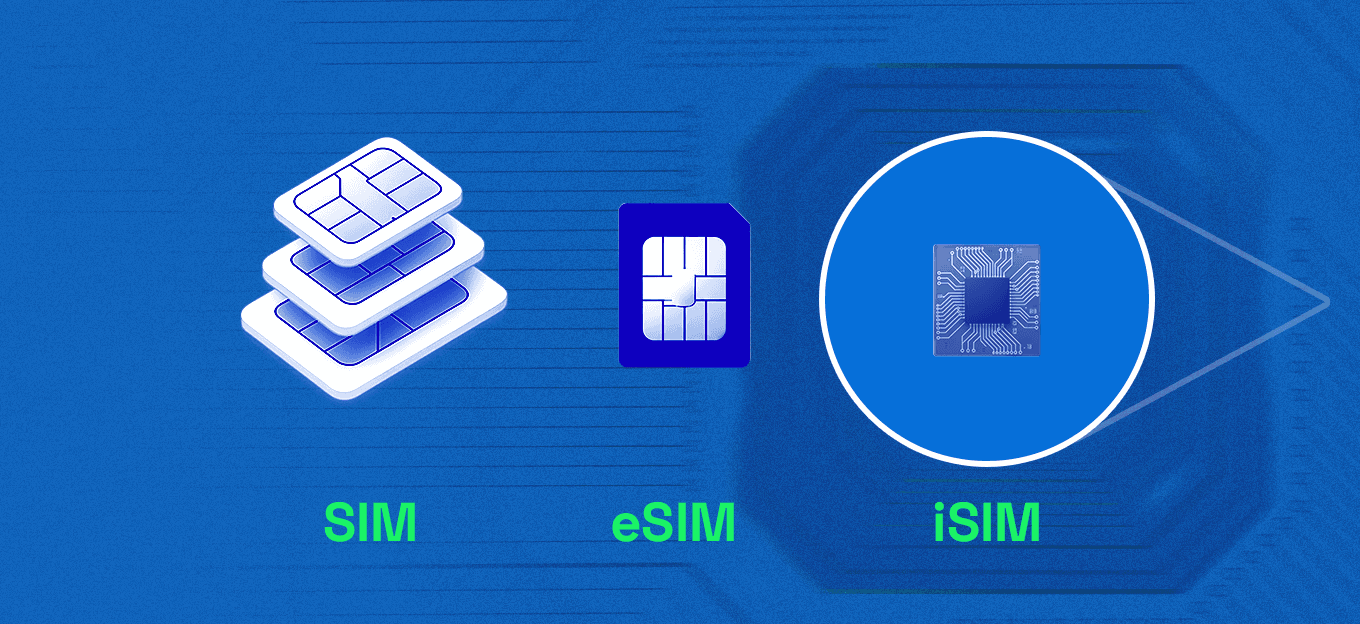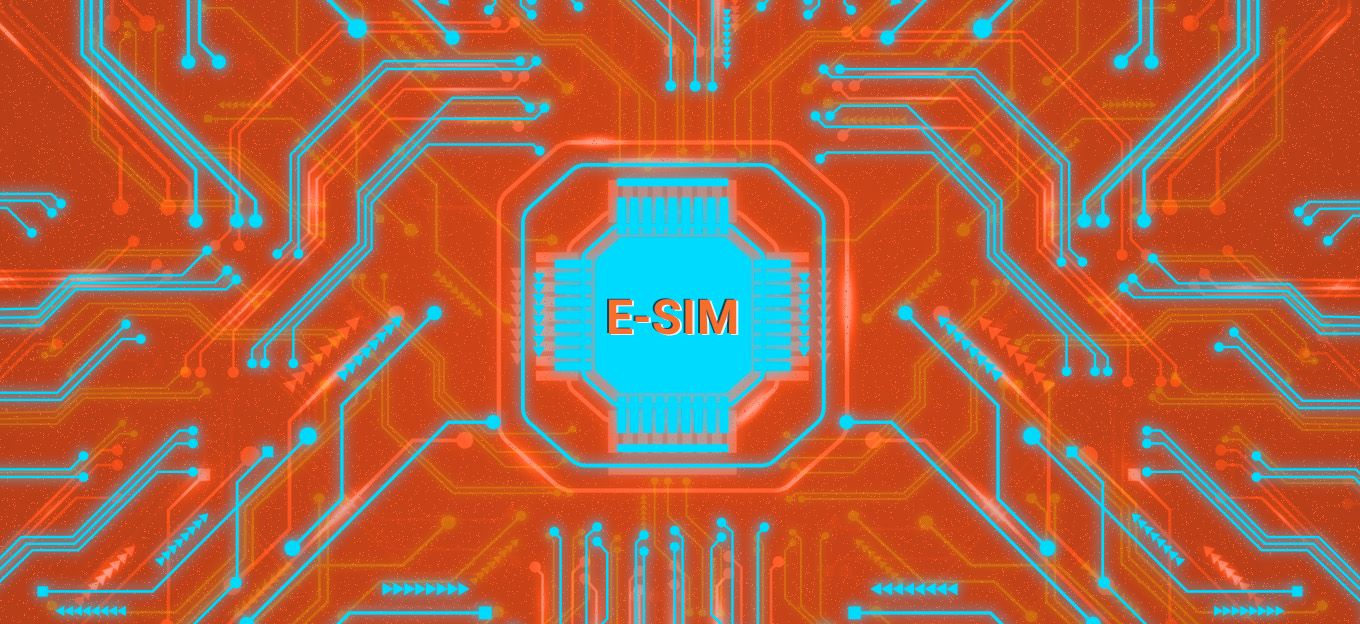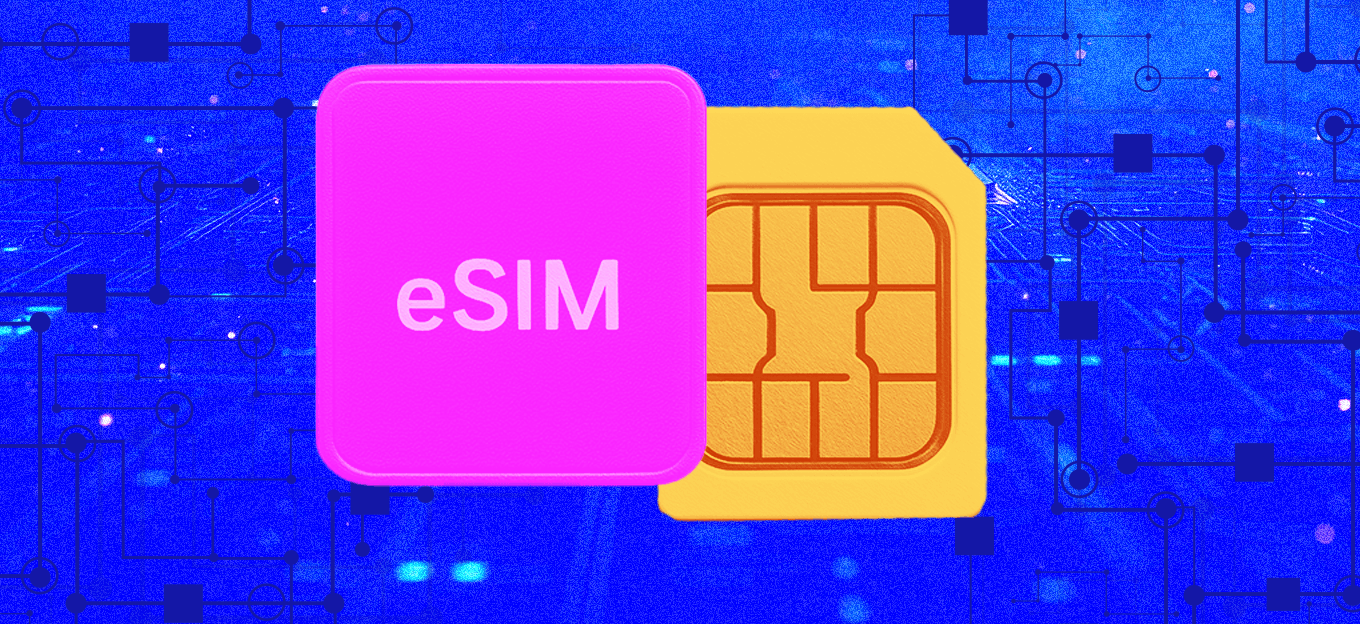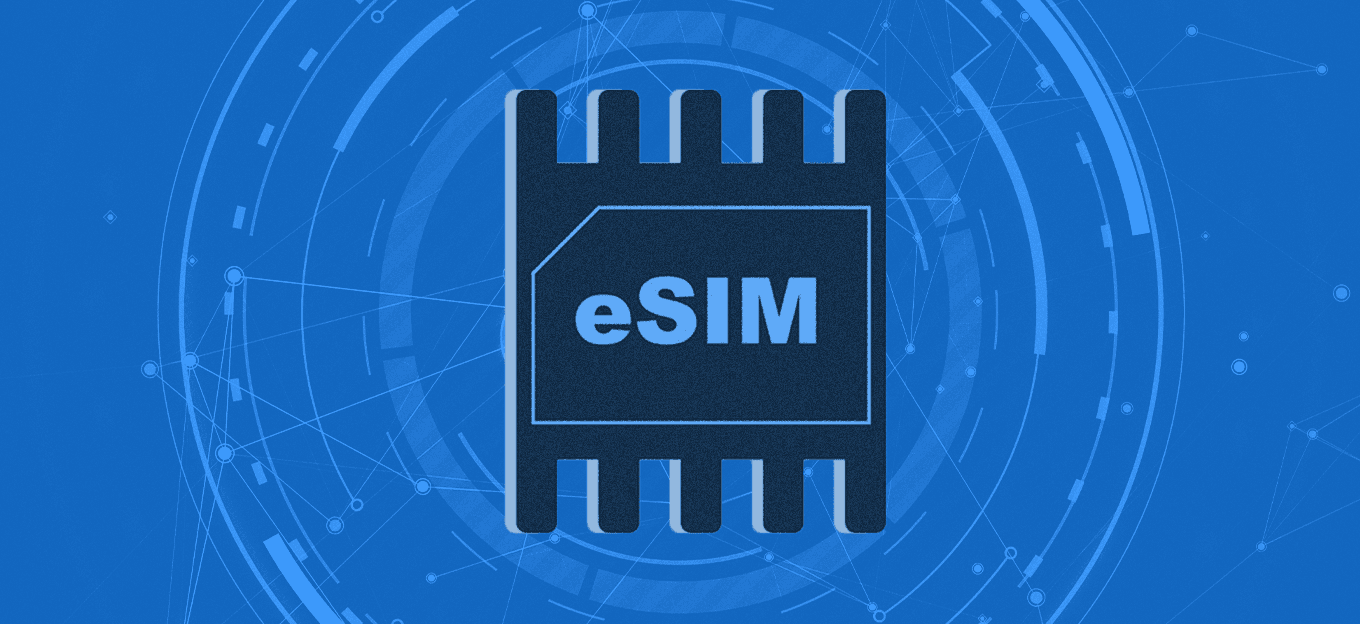eSIM Hardware for the future
eSIM Hardware for the future
- Last Updated: October 21, 2025
Kigen
- Last Updated: October 21, 2025



Over the past decade, SIM cards have evolved from removable plastic components into embedded chips, enabling everything from global smart meter deployments to the rise of connected wearables. This evolution is redefining what engineers and product leaders can achieve in terms of size, reliability, and connectivity at scale.
Understanding eSIM Hardware and Form Factors
When designing connectivity into a product, hardware choices matter. In this article, we’ll explore how eSIM functions at the hardware level, why different form factors exist, what trade-offs they present, and where the industry is heading — especially for ultra-compact designs.
At its core, “eSIM” functionality is enabled by a secure integrated circuit called an eUICC (embedded Universal Integrated Circuit Card). The eUICC securely stores operator profiles, performs authentication logic, and enables over-the-air (OTA) updates via Remote SIM Provisioning (RSP). While “eSIM” is often used broadly, “eUICC” refers specifically to the secure chip and its internal software.
Unlike removable SIMs (1FF to 4FF formats), embedded eUICC chips are soldered directly onto the device’s printed circuit board (PCB). This eliminates user-replaceable SIMs and makes connectivity an integral, embedded part of the hardware.
Why Form Factor Choices Matter
It’s tempting to think “a SIM is a SIM,” but in practice, form factor brings real trade-offs, especially in constrained designs:
- Board space and layout: Smaller packages free up space for other components, sensors, or larger batteries.
- Thermal, mechanical, and routing constraints: Pin layout and physical robustness affect routing, interference, and long-term reliability.
- Memory, OS footprint, and efficiency: Compact packages may impose tighter constraints on memory or power.
- Security, longevity, and update flexibility: Devices must remain secure and updatable throughout their lifecycle.
Because of these impacts, many designers seek solutions that balance compactness with strong lifecycle support for secure connectivity.
Major eSIM / eUICC Form Factors
Standards bodies such as ETSI (European Telecommunications Standards Institute) define the hardware form factors and electrical interfaces for SIM and eUICC modules. ETSI’s standards ensure interoperability and durability across different devices and vendors.
| Format | Description | Typical Use Cases |
|---|---|---|
| 1FF / 2FF / 3FF / 4FF | Traditional removable SIM card formats | Phones and consumer devices |
| MFF2 | Early embedded (soldered) form | Industrial and IoT devices |
| MFF3 | Compact embedded package | Small connected products |
| MFF4 | Ultra-compact embedded package | Highly space-constrained devices |
| iSIM | eUICC integrated into SoC or modem | Next step in miniaturization and integration |
While many deployments still rely on MFF2 or similar embedded formats, there is a growing shift toward MFF4 and iSIM as manufacturers prioritize miniaturization, security, and energy efficiency.
Advantages of Embedded or Soldered eSIMs
Switching from removable SIM cartridges to embedded solutions offers several benefits:
- Reduced mechanical failure points: No socket or tray reduces wear and contamination risks.
- Stronger physical security: Embedded modules cannot easily be removed or tampered with.
- Simplified logistics: Manufacturers can ship a single hardware design and provision connectivity later via RSP.
- Longevity and reliability: Embedded modules are sealed and resilient across a device’s lifetime, ideal for industrial or rugged environments.
These advantages are particularly important in applications like wearables, small sensors, and other connected IoT devices where every millimeter and milliwatt counts.
Remote SIM Provisioning (RSP)
One of the most transformative enablers of eSIM technology is Remote SIM Provisioning. RSP allows operator profiles to be provisioned during manufacturing or downloaded later in the field. Devices can hold multiple profiles, switch between operators, and receive OTA updates to reconfigure subscriptions — all without physical access.
Compact form factors such as MFF4 must still fully support RSP and comply with GSMA specifications to ensure interoperability and reliability across mobile operators and service providers.
What’s Next: iSIM and Beyond
The next step in this evolution is iSIM, where the eUICC functionality is integrated directly into the system-on-chip (SoC) or modem. By embedding the secure element within the silicon itself, iSIM reduces cost, power consumption, and component count even further.
For many designers, compact embedded modules like MFF4 serve as a transitional step between traditional eSIMs and fully integrated iSIM designs — providing a practical balance of miniaturization, security, and flexibility.
Considerations for Designers and Product Leaders
When planning a connected product, consider these key steps:
- Define your form factor constraints early — understand space, routing, and environmental factors.
- Select suppliers carefully — ensure components meet temperature, security, and certification requirements.
- Plan your provisioning strategy — decide whether to provision profiles in-factory, over-the-air, or both.
- Design for compliance with relevant GSMA and ETSI standards.
- Allow for evolution — architectures should be flexible enough to adapt as iSIM adoption grows.
Conclusion
The transition from removable SIMs to embedded eUICCs, and eventually iSIM, is reshaping how connected devices are designed. The choice of form factor is not merely a mechanical decision — it influences space efficiency, security, provisioning flexibility, and long-term viability.
As connectivity becomes an embedded, invisible part of product design, successful hardware strategies will balance immediate performance needs with readiness for the next generation of integrated SIM technology.
The Most Comprehensive IoT Newsletter for Enterprises
Showcasing the highest-quality content, resources, news, and insights from the world of the Internet of Things. Subscribe to remain informed and up-to-date.
New Podcast Episode

Moving Past the Pilot Phase in IoT and AI
Related Articles


